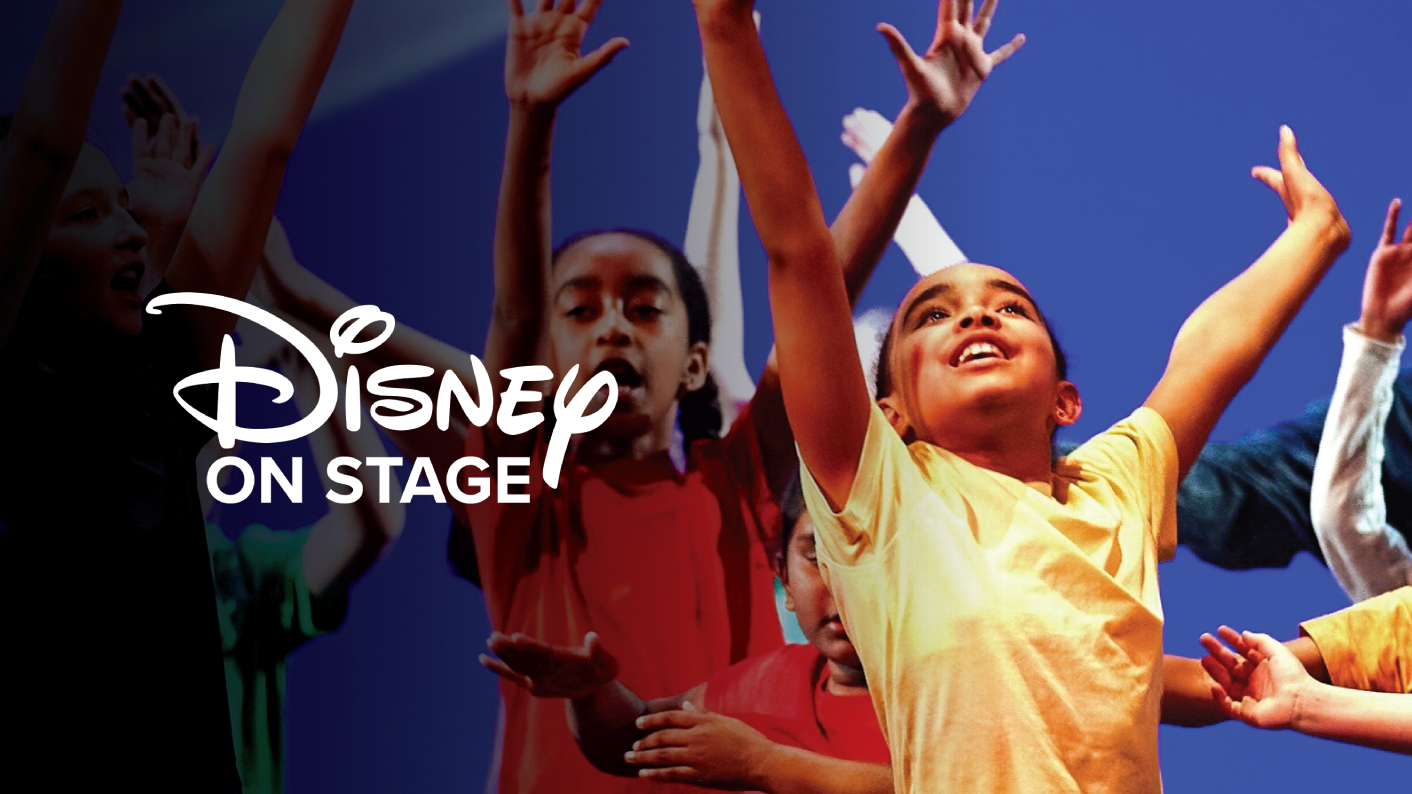Discover engaging and innovative Disney teaching resources
Disney on Stage teaching resources are directly inspired by well known Disney productions, with story themes used as a spark for learning and development. They harness the potential of much-loved Disney stories to open up the world of theatre to young people.
These engaging primary and secondary The Lion King resources explore different topics and themes in an innovative way, and draw upon learners' knowledge and affection for the characters, songs and world of this timeless show. So, why not take a look for some Disney themed inspiration?



